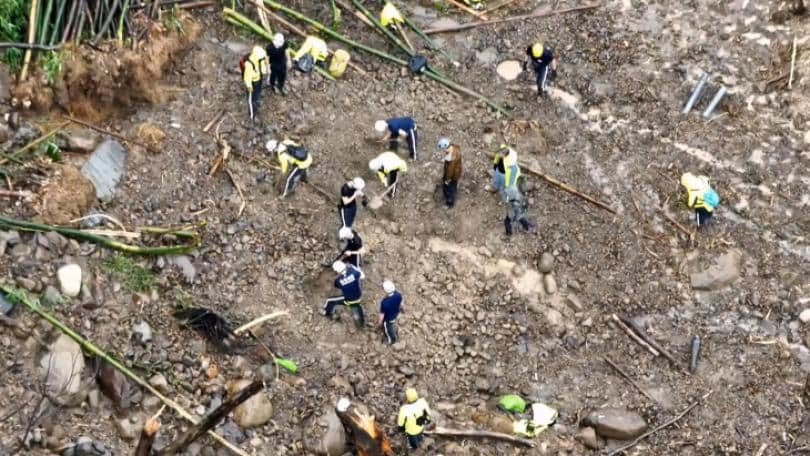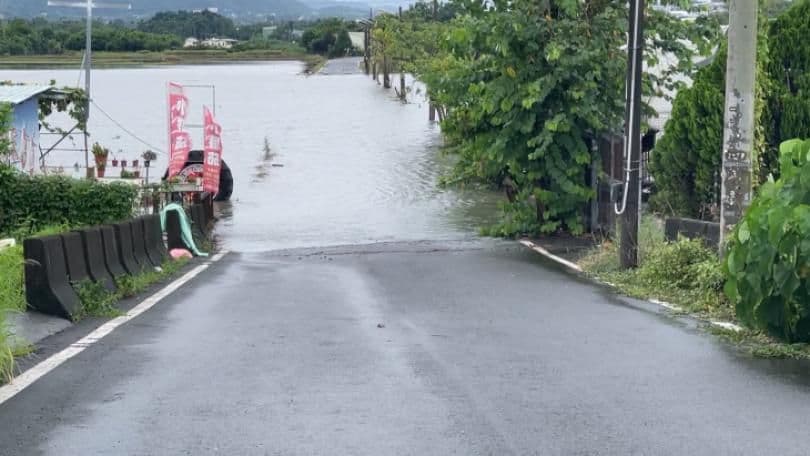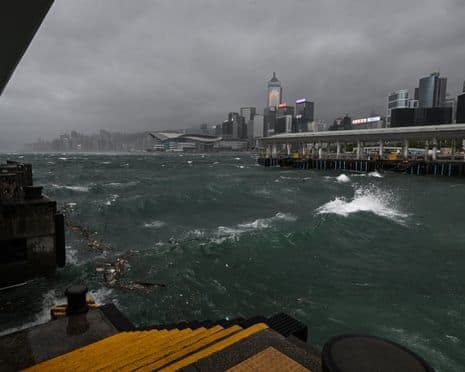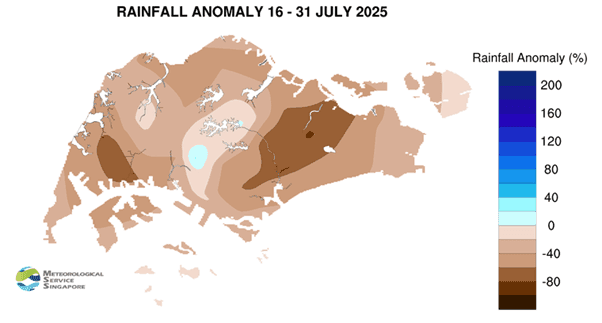Beyond the Deluge: Navigating the New Normal of Weekly Weather
Explore how Taiwan's recent historic rainfall reshapes our view of weekly weather. Gain practical insights into climate resilience and adapting to evolving forecasts.

The Echo of Recent Extremes
recently experienced an unprecedented weather event, a stark reminder of our planet's changing climate. The finally lifted its "0728 Southwest Airflow Heavy Rain Event" alert after a week of relentless downpours. This marked the first time since 1988 that a single station recorded over 200 millimeters of rainfall for seven consecutive days, a truly historic deluge. The volume of water was staggering; mountainous areas of and received over 2000 millimeters in less than a week, with alone seeing 2819 millimeters over 7 days and 11 hours. These figures are comparable to the devastating Typhoons Kaimi and Morakot. The immediate impact was severe, causing widespread flooding, especially in , where hourly rainfall exceeded 100 millimeters. This led to the evacuation of nearly 6,000 people. The even described 80mm/hr rainfall as "suffocating and oppressive," feeling like the sky was collapsing. Such events are more than just statistics; they profoundly reshape our relationship with weather, compelling us to confront a new, more intense climatic reality.

Redefining the Weekly Forecast
In the wake of extreme weather like the "0728" event, our traditional concept of a 'weekly weather forecast' is rapidly becoming outdated. It's no longer sufficient to simply know whether rain is anticipated; the critical questions now focus on its intensity, duration, and the cumulative impact it will have on our daily lives and critical infrastructure. The recent deluge perfectly illustrates this shift: what was once just a 'week of rain' transformed into a week of continuous, unprecedented heavy downpours, culminating in widespread disaster. This demands a more sophisticated approach from meteorological agencies and a deeper understanding from the public. Forecasts must evolve beyond basic icons and temperature ranges to effectively convey the potential for sustained, high-volume precipitation, the likelihood of flash floods, and specific areas at heightened risk. We must internalize that a 'rainy week' could now mean an evacuation order, significant property damage, or disrupted livelihoods, prompting us to interpret forecasts not just for immediate plans, but for long-term preparedness and societal resilience.

Preparing for the Unpredictable Week
With the new normal of erratic and intense rainfall, preparing for the week now carries a profound new meaning. The days when a simple umbrella sufficed are long gone; now, it's about comprehensive climate resilience. Individuals and communities must transition from merely reactive responses to proactive mitigation strategies. This includes understanding local vulnerabilities, such as identifying flood-prone areas within one's city or neighborhood – a topic already generating significant online discussion among Taiwanese citizens. Practical steps like ensuring proper drainage, having emergency kits readily available, and establishing clear evacuation plans are becoming paramount. For urban planners and local governments, this translates into investing in robust infrastructure, enhancing early warning systems, and fostering community-wide preparedness drills. The sheer volume and prolonged duration of recent rainfall events necessitate a mindset where 'weekly preparation' isn't just about daily comfort, but about safeguarding lives and property against a full week of potential environmental assault. It’s a collective endeavor to adapt and survive in a climate that increasingly defies predictability.

The Future of Forecasting: Beyond the Seven Days
As we navigate this increasingly unpredictable climate, the traditional seven-day weather forecast, while still valuable, provides only a fraction of the information we truly need. The future of forecasting must extend far beyond this immediate horizon to offer a more holistic view of environmental risks. This includes developing and refining seasonal outlooks that can hint at broader rainfall patterns or drought conditions, alongside long-term climate projections crucial for informing infrastructure planning and agricultural strategies. Integrating cutting-edge like and will be paramount, enabling hyper-local, real-time predictions and impact-based warnings. These warnings will go beyond mere precipitation amounts to communicate what that rain actually means for specific areas and communities. Furthermore, the emphasis needs to shift towards communicating not just what the weather will be, but also the degree of uncertainty associated with it, empowering the public to make more informed decisions. This evolution in forecasting is essential for building a truly resilient society, capable of adapting to a climate that is constantly rewriting its own rules.
Related Articles

The Human Equation of Extreme Weather: Adapting to Nature's Shifting Moods

The Human Equation of Extreme Weather: Adapting to Nature's Shifting Moods

Weather's New Imperative: How Forecasting Became Our Blueprint for Resilience

Weather's New Imperative: How Forecasting Became Our Blueprint for Resilience

Decoding Tomorrow's Whispers: The Art and Impact of Weather Prediction

Decoding Tomorrow's Whispers: The Art and Impact of Weather Prediction

The Daily Dial: Decoding the Earth's Shifting Moods in Your Local Forecast
